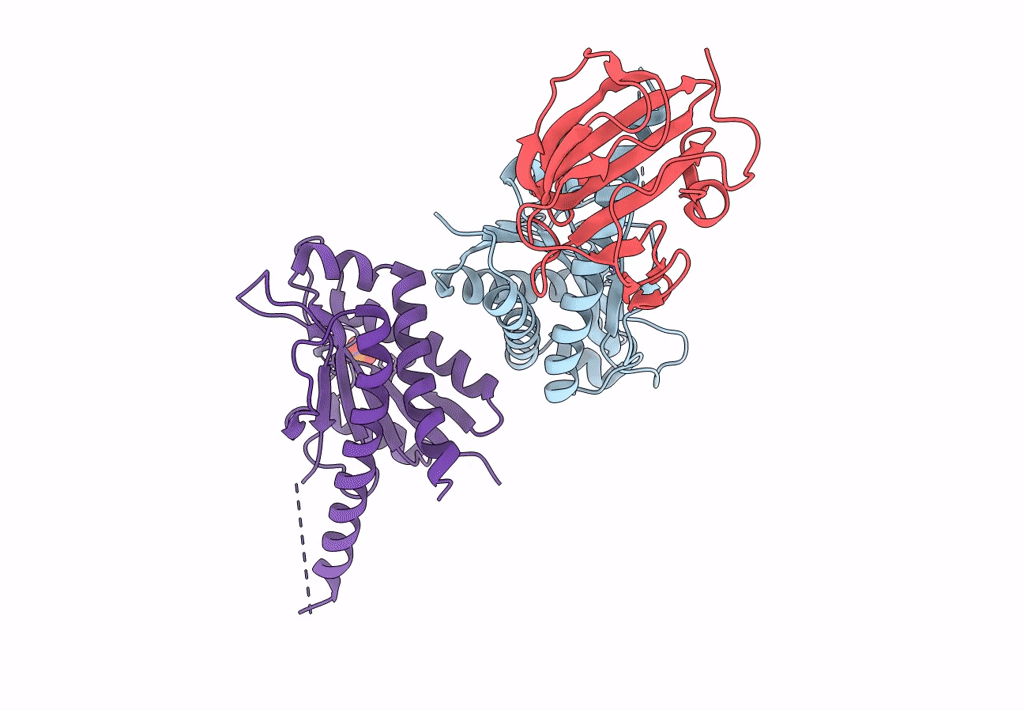
Deposition Date
2022-12-17
Release Date
2023-06-14
Last Version Date
2024-06-19
Entry Detail
PDB ID:
8C0J
Keywords:
Title:
Structure of AmiB enzymatic domain bound to the EnvC LytM domain
Biological Source:
Source Organism:
Citrobacter rodentium (Taxon ID: 67825)
Host Organism:
Method Details:
Experimental Method:
Resolution:
3.38 Å
R-Value Free:
0.29
R-Value Work:
0.24
Space Group:
I 41 3 2


